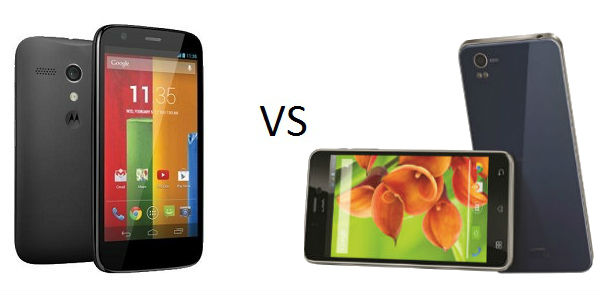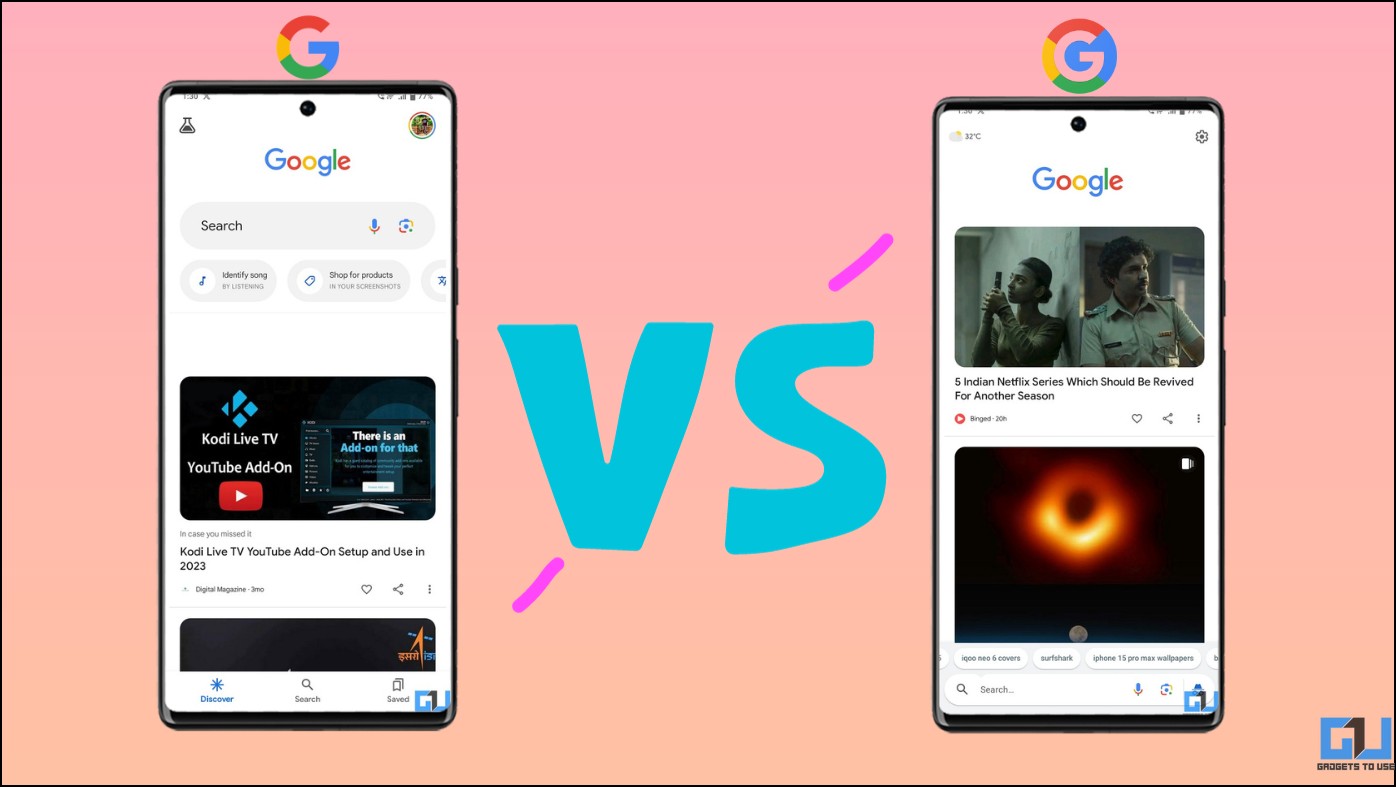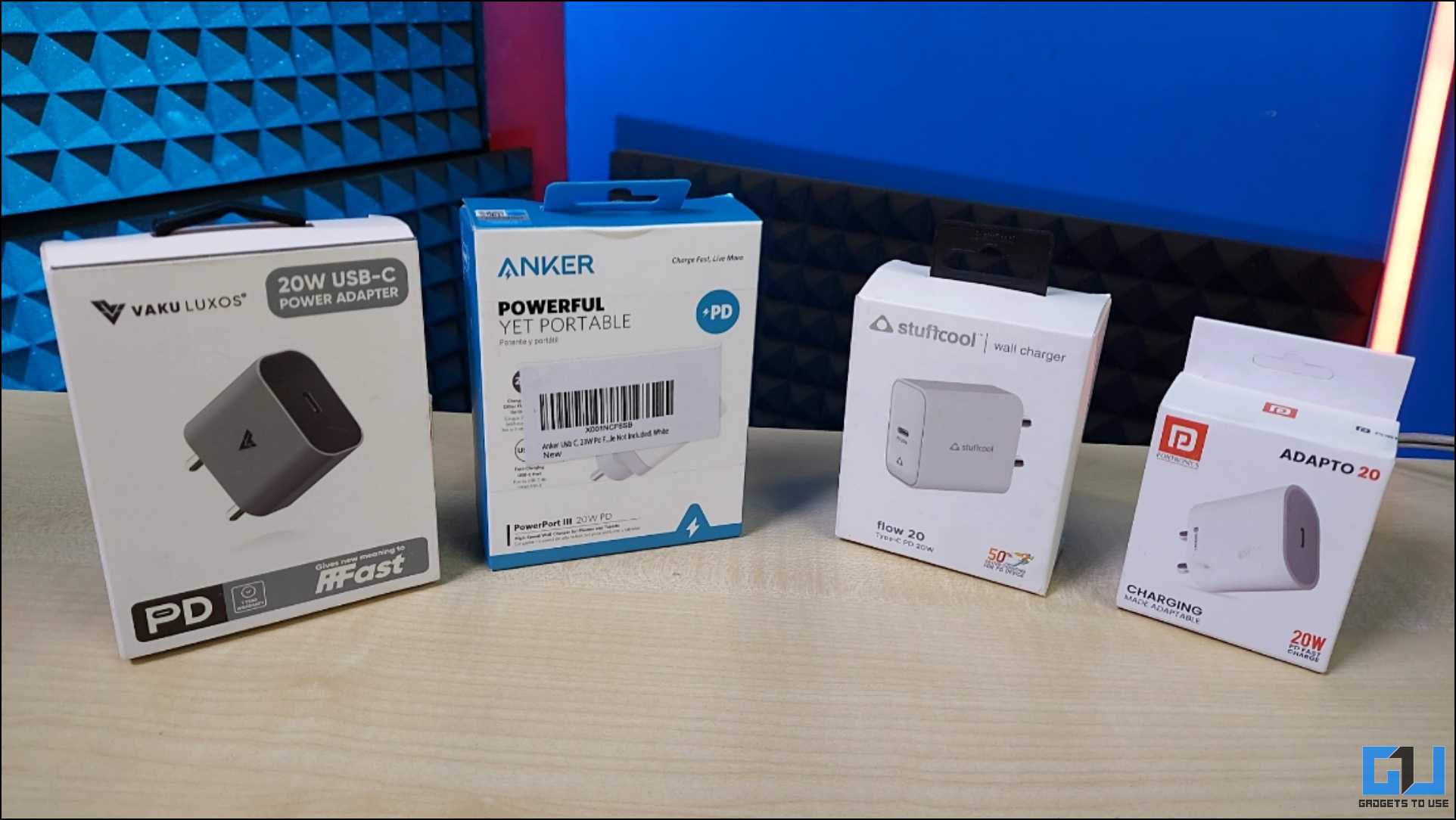Lately, the entry-level and mid-range smartphone segment is overwhelmed with a plethora of launches catering to the needs of price conscious consumers. On buying such smartphones, consumers can get the taste of high-end devices without burning a hole on their pockets. Two such latest entrants into the Indian market include Moto G and Lava Iris Pro 20 that fall in the same price bracket. Here is a comparison between the two to analyze which one is a better choice.
Display and Processor
Moto G boasts a 4.5 inch IPS LCD display packing HD resolution of 1280×720 pixels that translates to 326 ppi pixel density. The screen is protected with Corning Gorilla Glass 3 protection to prevent wear and tear due to the regular usage. Lava Iris Pro 20 on the other hand houses a slightly bigger 4.7 inch IPS LCD display with OGS protection, but carries a lower screen resolution of 960×540 pixels. Also, the display features the Corning Gorilla Glass 2 protection on it. Hence, Moto G with improved pixel density is a good choice as it will translate to clearer content.
Under the hood, the Moto G includes a Qualcomm Snapdragon 400 chipset that combines a 1.2 GHz quad-core Cortex A7 processor and Adreno 305 GPU. In comparison, the Lava phone is stuffed with a 1.2 GHz quad-core processor and PowerVR SGX 544 GPU. For multi-tasking, both the phones are given 1 GB of RAM that should provide upright performance.
Camera and Internal Storage
In the imaging segment, the Moto G boasts a 5 MP camera at the rear with auto focus and LED flash and a 1.3 MP front facing camera to enable video chatting sessions. But, the Lava offering seems to be better with an 8 MP rear camera that is coupled with BSI sensor for low light photography and Zero Shutter Lag (ZSL) that supports HDR and Panorma shooting modes.
Moto G comes in two configurations – 8 GB and 16 GB of internal memory capacity that unfortunately cannot be expanded further due to the lack of a micro SD card slot. In comparison, the Iris Pro 20 has 4 GB of onboard storage to save all the applications and supports expandable storage up to 32 GB.
Battery and Other Features
Motorola has equipped the Moto G with a 2,070 mAh battery that is claimed to deliver up to 24 hours of talk time, which is pretty decent. The Lava smartphone on the other side packs a 2,000 mAh battery with the CABC (Content Adaptive Backlight Control) technology delivering 7.5 hours of talk time. This technology paves way in delivering 30 percent more life to the handset.
Talking of software, the Moto G launched initially with Android 4.3 Jelly Bean is upgradeable to Android 4.4.2 KitKat – the latest version of the platform. But, the Lava phone is still stuck with the Android 4.2 Jelly Bean, but it should also deliver a smooth overall experience.
Connectivity is handled by 3G, Bluetooth, Wi-Fi and micro USB in both the smartphones, but the Lava Iris Pro 20 includes dual SIM functionality for the convenience of the users.
Key Specs
| Model | Moto G | Lava Iris Prp 20 |
| Display | 4.7 inch, HD | 4.5 inch, qHD |
| Processor | 1.2 GHz Quad Core Snapdragon 400 | 1.2 GHz Quad Core |
| RAM | 1 GB | 1 GB |
| Internal Storage | 8 GB/ 16 GB, Non-Expandable | 4 GB, Expandable up to 32 GB |
| OS | Android 4.4.2 KitKat | Android 4.2 Jelly Bean |
| Camera | 5 MP/ 1.3 MP | 8 MP/ VGA |
| Battery | 2,070 mAh | 2,000 mAh |
| Price | Rs 12,499/ 13,490 | Rs 13,999 |
Price and Conclusion
Both the Android smartphones – Moto G and Lava Iris Pro 20 are decent mid-range offering that fall in the similar price range. However, Moto G comes with a HD display for improved clarity and a superior battery. But, the Lava smartphone is no loser in front of its opponent as it packs a better camera and expandable storage option allowing consumers to store sufficient content.



